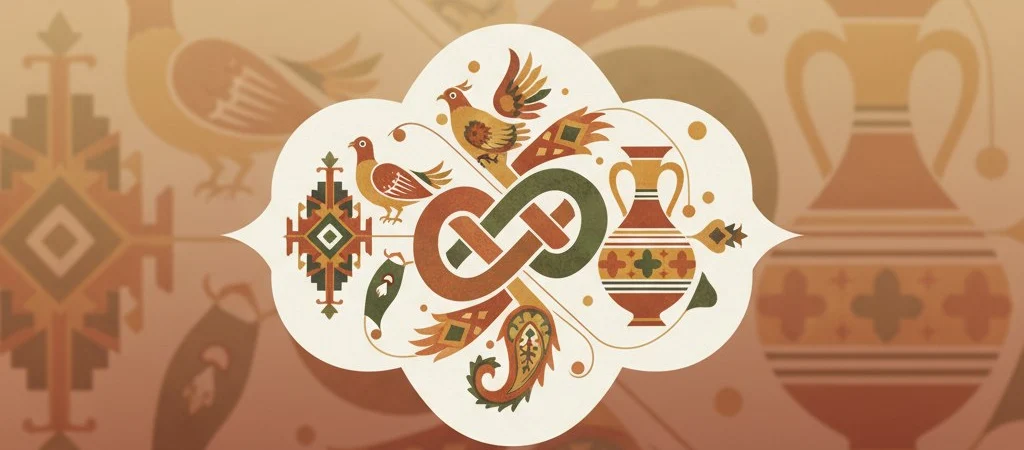
Kalporagan Clay



story of Kalporagan Pottery
Kalpurgan is a village in the Haymeh countryside of the central part of Saravan County, Sistan and Baluchestan Province, Iran. The village of Kalpurgan is located 25 kilometers east of Saravan County and 350 kilometers from Zahedan. Kalpurgan is a living museum of pottery in the world, dating back 7,000 years. What is very strange is that all stages of making and finishing Kalpurgan pottery are made by hand and without the use of a potter's wheel by the women artists of this region. It is as if time has stopped moving in this village and has turned back and stopped at the same point. Most of the pottery is made by the capable hands of women in this region, and men are only responsible for carrying the soil and pottery. In other words, only the heavy work of this art is the responsibility of men. This art has been passed down from generation to generation throughout history without any change in the method of making or the type of raw materials, and potters create works of art in the same traditional way.
The designs and patterns of Kalpurgan pottery are also completely geometric and reminiscent of ancient patterns. These designs have been passed down from generation to generation and reflect the feelings and creative mind of the artist and his human, religious and ideological beliefs. Most of the symbols are similar to the patterns of prehistoric and early historical pottery. Glaze is not used in Kalpurgan pottery, but a type of stone called "Tituk" is used to paint and decorate it.
This stone is found in the Tepe Achar region in Kahuran, Mehrestan, and its color is usually brown or black, with the black or brown color being related to the manganese element in that stone. One of the interesting points in Kalpurgan pottery is the way the handle is connected to the body of the pottery, which is an important and very difficult thing in the pottery industry. Interestingly, the handle of Kalpurgan pottery is broken and separated in the last stage, which is unique and strange in its kind.
Kalpurgan pottery is made in the forms of bowls, jars, cups, sugar bowls, mugs, pitchers, glasses, money boxes, etc., and most of the containers are made with lids so that they can be used as independent containers. In 2017, this village was registered as a world heritage site and the second living museum in the world, and its management was entrusted to the managers of Sistan and Baluchestan.
Based on the general population and housing census in 2016, the population of this village was estimated to be 621 people in 168 households. Given the capabilities of this village, its tourism capacity can be increased thousands of times. The idea of going back 7,000 years is even further than most experts imagine. Hopefully we will see you in Iran, Sistan and Baluchestan, Kalpurgan village in the very, very near future. Hoping for that day.
Contact Us
+989054577261